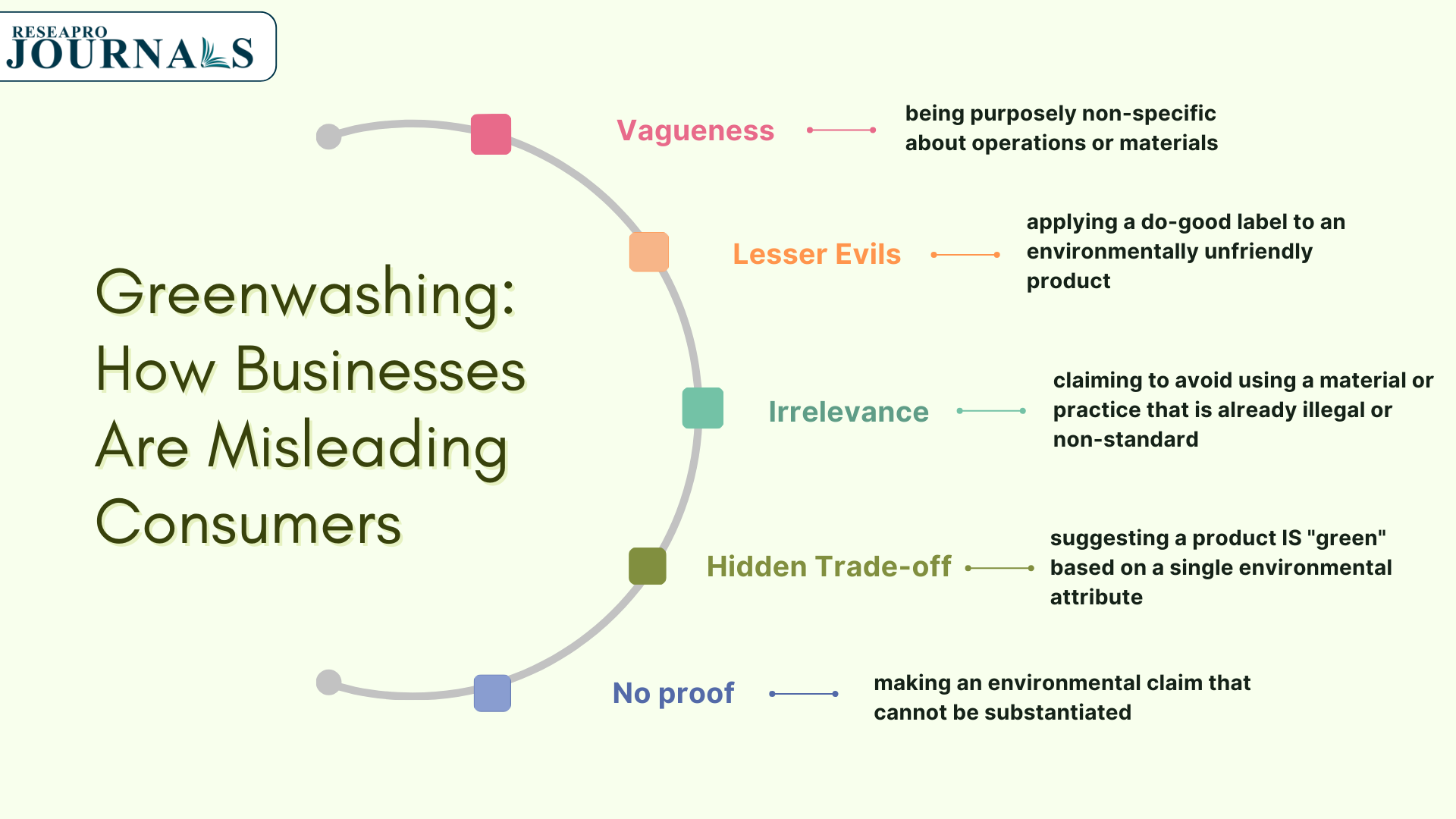Here are some common greenwashing tactics:
- Using vague or ambiguous language: For example, a product might be labeled as “eco-friendly” or “sustainable” without providing any specific information about how it is better for the environment.
- Making unsubstantiated claims: For example, a product might claim to be “made from recycled materials” without providing any evidence to support this claim.
- Using misleading images or symbols: For example, a product might use images of trees or leaves to suggest that it is environmentally friendly, even if it is not.
Greenwashing is harmful to both consumers and the environment. Consumers are misled into thinking that they are buying products or services that are good for the environment when in reality, they may not be. And greenwashing can undermine public trust in businesses and their commitments to sustainability.
Here are some tips for avoiding greenwashing:
- Be wary of broad and unsubstantiated claims. If a product or service is marketed as being “good for the environment,” ask for specific evidence to support that claim.
- Look for certifications from third-party organizations. Certifications such as LEED for buildings and Fairtrade for food can help you to identify products and services that meet certain environmental and social standards.
- Do your own research. If you’re not sure whether a product or service is truly environmentally friendly, do some research on your own. Read reviews, compare products, and look for information from independent sources.




